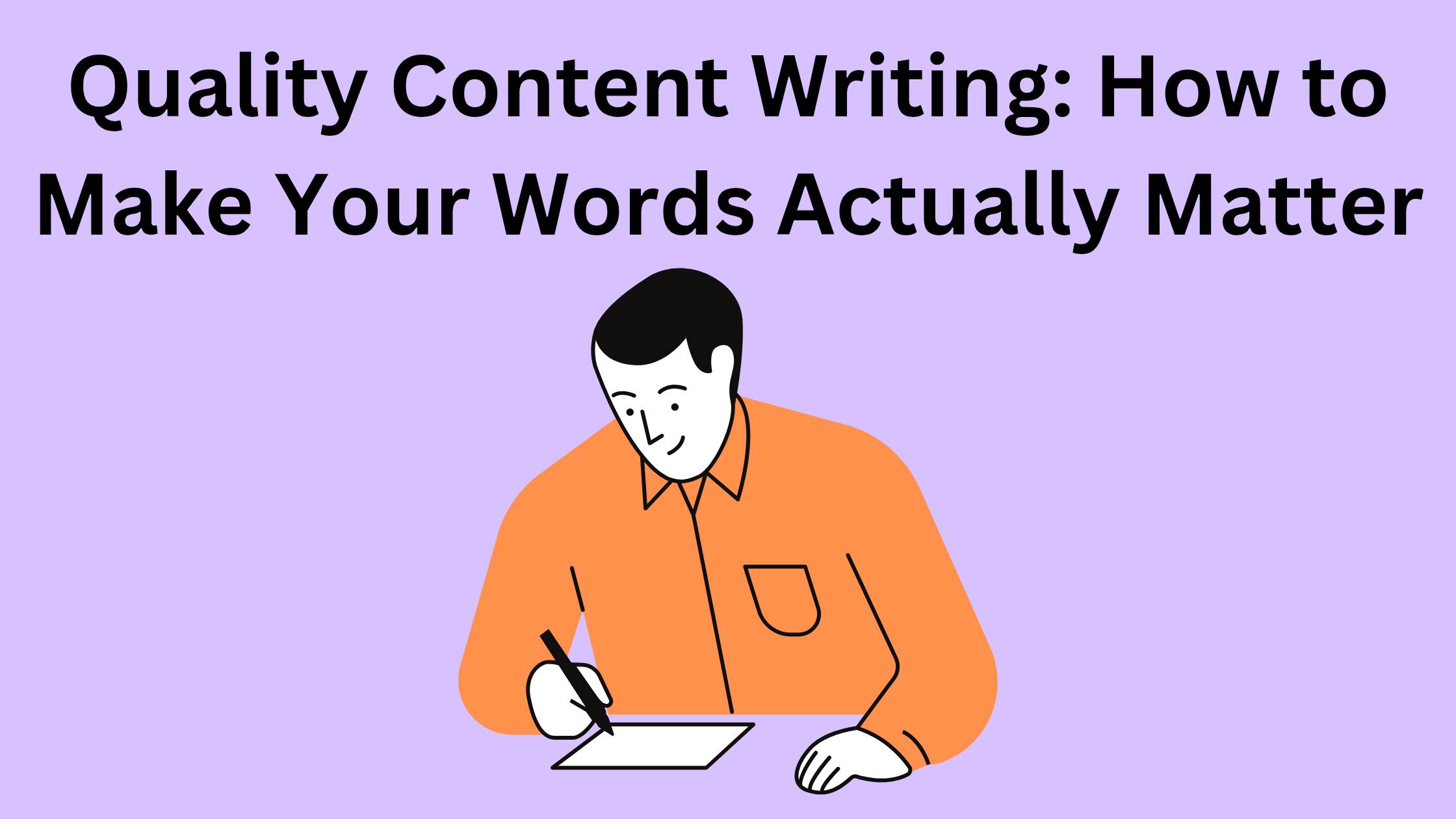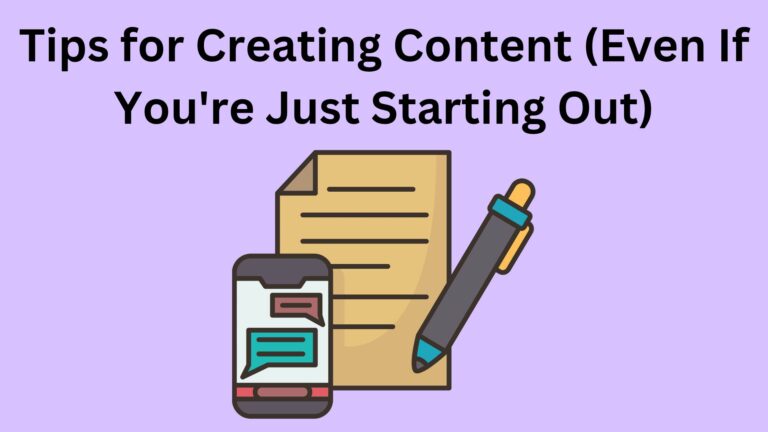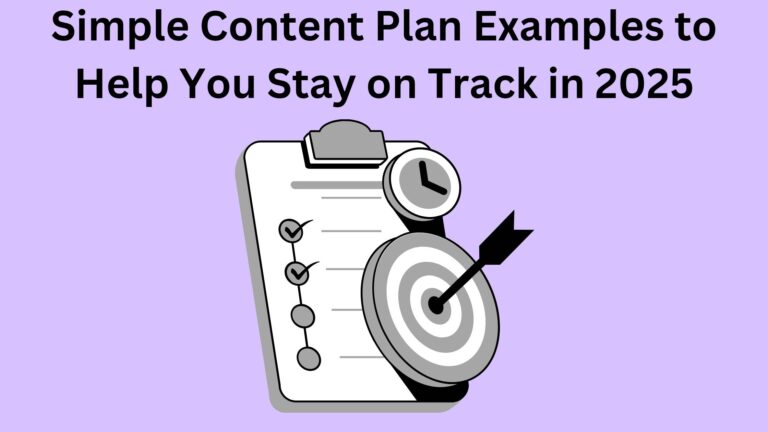Quality Content Writing: How to Make Your Words Actually Matter

Quality Content Writing: How to Make Your Words Actually Matter
Have you ever read a blog post that felt like a robot wrote it?
Boring, confusing, or just plain unhelpful? That’s exactly what quality content writing avoids.
If you’re new to blogging or writing online and want your words to truly connect with people, this guide is for you.
Let’s break it down together, step by step.
What Is Quality Content Writing?
Think of quality content writing like a great conversation.
It’s clear, helpful, and makes the reader feel like you get them.
It’s not about sounding smart.
It’s about making someone’s life easier, better, or more interesting with your words.
Whether you’re writing a blog post, product description, or email.
quality content means:
- It answers a real question or solves a problem
- It’s easy to understand and enjoyable to read
- It’s original—not copied or stuffed with keywords
- It makes the reader trust you
Your goal?
To write like a real person, to a real person.
👉 > Related: Blog Writing Tips for Beginners:
Write Posts People Actually Want to Read
Why Does Quality Content Matter So Much?
Search engines like Google love quality content.
But more importantly—real people love it.
When your content is good:
- Readers stay longer on your blog
- They trust you more
- They’re more likely to share your posts
- You rank better in search results
- It’s a win-win.
You’re helping people and building your blog or brand at the same time.
What Makes Content High-Quality?
Here’s what great content usually has:
1. A Clear Purpose.
Every post should have a goal.
- Are you teaching?
- Helping?
- Inspiring?
2. Simple Language.
- No fancy words.
- Just clear, everyday talk.
3. Structure That Flows.
Easy-to-follow headlines, short paragraphs, and smooth transitions.
4. Helpful Info.
Real tips, honest advice, or step-by-step how-tos.
5. Authentic Voice.
Don’t try to sound like someone else.
Be you.
> Want to dive deeper?
👉 Read: What Makes Content “High-Quality“? (And How You Can Easily Create It Too)
How to Start Writing Quality Content (Even If You’re New)
Getting started is easier than you think.
Here’s a beginner-friendly process:
1. Start with the Reader in Mind
- What is this person searching for?
- What are they struggling with?
If you’re not sure, Google the topic and read the top 3 results.
2. Keep It Real
- Don’t try to be perfect.
- Talk like you would to a friend.
- Use examples, tell stories, and share what you’ve learned.
3. Focus on One Clear Message
- Each post should focus on ONE topic.
- Don’t try to cram everything in one article.
4. Make It Easy to Skim
- Subheadings
- Short paragraphs
- Bullet points (like this!)
5. Edit Without Mercy
- Remove filler.
- Tighten sentences.
If it doesn’t help the reader, delete it.
> Read this next if you’re just starting out:
👉 Tips for Creating Content (Even If You’re Just Starting Out)
Common Beginner Mistakes to Avoid
- Trying to sound too formal or “smart“
- Writing for search engines instead of people
- Not editing enough
- Not using headlines or structure
- Being afraid to hit publish
Remember: done is better than perfect.
Tools That Can Help You Write Better
You don’t need to be a pro writer.
Here are tools that make writing easier:
- Grammarly – For grammar and tone checking
- Hemingway App – Makes your writing simpler
- Google Docs – For easy editing and sharing
- AnswerThePublic – To discover real questions people are asking
But don’t get stuck in tools.
Just write.
You’ll get better with every post.
Final Thoughts: Just Start, and Keep It Human
You don’t need a degree in English or years of experience to write quality content.
You just need to care about your reader, and be willing to improve a little with each post.
Write like you talk. Help people. Keep learning.
That’s what quality content writing is all about.
> Planning to take your blog to the next level?
👉 Check out this guide: Blog Content Strategy for 2025: Plan, Create, and Grow Like a Pro





